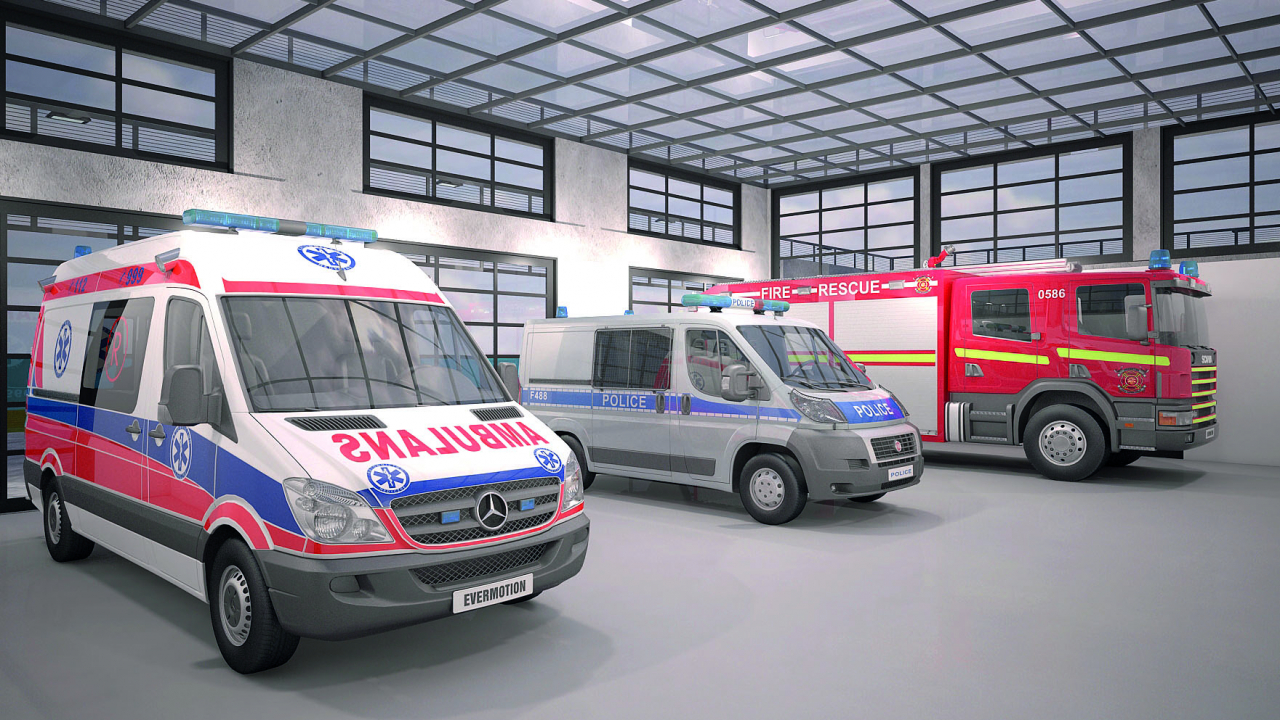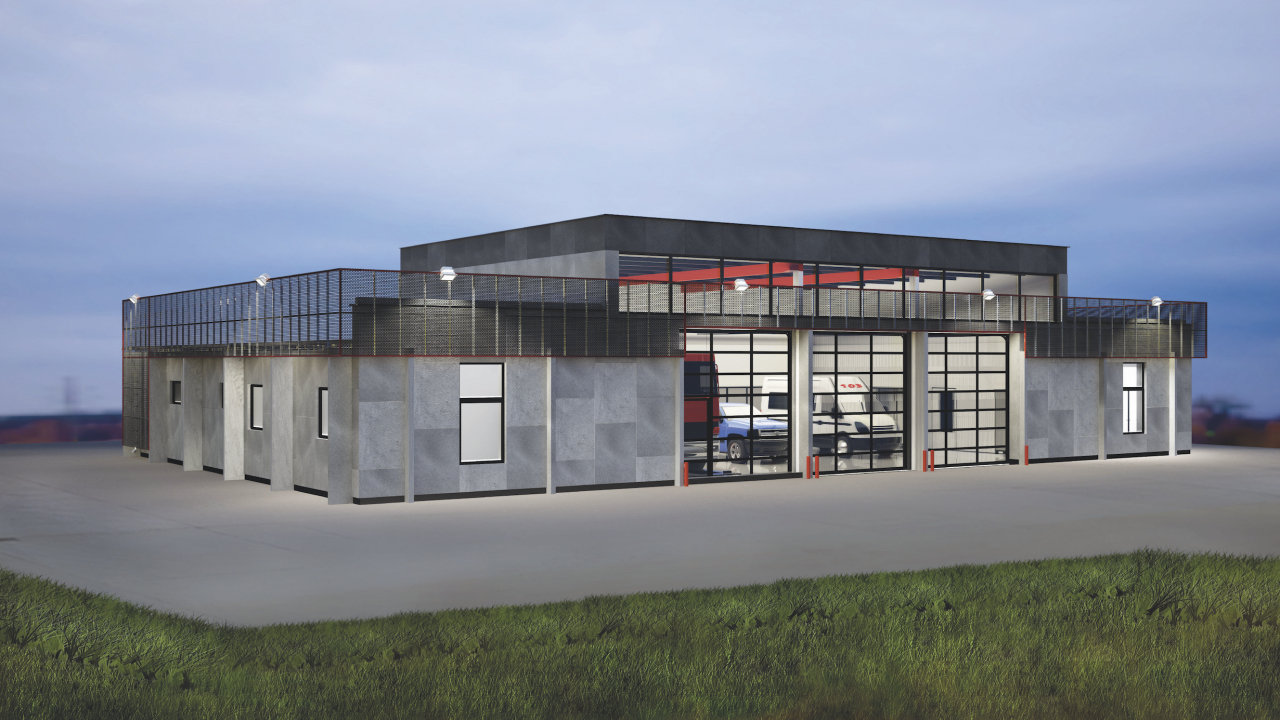
Problem:
There is 1 video camera per square kilometer in Zaporizhzhia, while the optimal number is 5. In Zaporizhzhia, there are only 4 video cameras per 10 thousand people, while in Germany this figure is 630. The video surveillance system in a large city near the frontline has limited geographical coverage and insufficient video analytics. As a result, it is impossible to adequately respond to the threats of possible actions by sabotage and reconnaissance groups on the community's territory during a full-scale invasion.
Project goal: Improving the safety and quality of life of the population and reducing the level of existing threats, forecasting, preventing and reducing their negative consequences, preventing and preventing crime, shaping spatial urban planning and sustainable mobility, regulating traffic flows to reduce greenhouse gas emissions within the framework of The European Green Deal.
Effect: The video surveillance system will allow for a prompt response to offenses and increase the level of criminal detection. Improving the security situation in the city will have a positive impact on the quality of life of 710,000 residents of the regional center, including 155,000 internally displaced persons. This project will improve the investment attractiveness of the city and the citywide economic situation, allow for the quality preparation and implementation of further spatial planning, a sustainable mobility plan, and the implementation of the European Union's main priorities in terms of fossil fuel consumption, greenhouse gas emissions, and climate change.
Need:
➡️additional creation of more than 100 video surveillance nodes;
➡️ more than 1000 video surveillance cameras;
➡️increasing the capacity of the video data processing center capacity and video analytics tools.
106 locations have been identified for the construction of nodes with 1025 video surveillance cameras.
Total project cost: 2.3 million euros.


